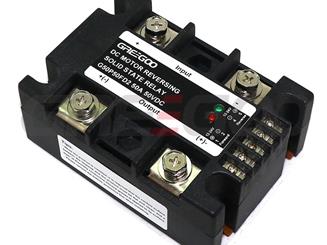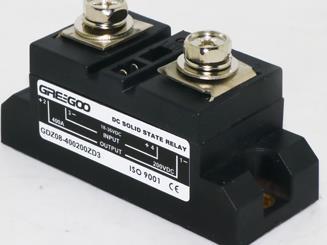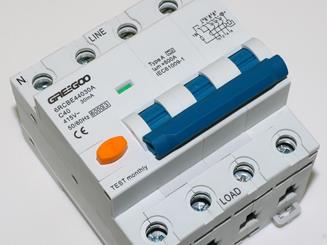Advantages and Disadvantages of Spade Terminals and Screw Terminals in Solid State Relays
Spade Terminals Solid State Relays
Advantages:
- Easy Installation: Spade terminals can be quickly connected and disconnected, suitable for situations requiring frequent replacement or maintenance.
- High Reliability: When properly installed, the connection is very secure and not easily loosened.
- Wide Applicability: Suitable for connecting various types of wires and equipment.
Disadvantages:
- Requires Tools: Installation and removal usually require the use of tools such as screwdrivers.
- Limited Contact Area: Compared to screw terminals, the contact area is smaller, which may affect current transmission efficiency.
- Vibration Sensitivity: In high-vibration environments, the connection may become loose.

Screw Terminals Solid State Relays
Advantages:
- Large Contact Area: Screw terminals provide a larger contact area, ensuring better current transmission.
- Firm and Reliable: Screw connections are very secure and not easily loosened, suitable for long-term use.
- Wide Applicability: Suitable for connecting various types of wires and equipment, especially thicker wires.
Disadvantages:
- Complex Installation: Requires the use of tools such as screwdrivers for installation and removal, making the process relatively complex.
- Time-Consuming: The installation and removal process takes longer than spade terminals.
- Inconvenient Maintenance: In situations requiring frequent replacement or maintenance, using screw terminals may be less convenient.
Summary
The choice between spade terminals and screw terminals mainly depends on the specific application scenario and requirements. If quick connections and frequent maintenance are needed, spade terminals may be more suitable; for situations requiring long-term stable connections, screw terminals are a better choice.

Greegoo's motor reversing solid state relays introduction
A motor reversing solid-state relay (SSR) is an electrical switching device used to control the direction of rotation of an electric motor, direction reversal, solid state technology, fast control with protection, Noiseless Operation, compact design, longer operational lifespan.
Read More
Transform Your Smart Security and Doorbell Solutions with Our Advanced Millimeter-Wave Radar Module
We are excited to introduce our latest innovation in smart technology – the Low Power Short Range Millimeter-Wave Radar Module, designed to revolutionize your smart security and doorbell solutions.
Read More
What is a DC Solid State Relay? How about it's feature, application and how to choose a suitable DC SSR?
DC solid state relays use semiconductor switching elements, which makes them faster, more reliable, and longer-lasting in many applications.
Read More
RCBO - electronic and magnetic type, type A and AC, maximum up to 40A
6kA RCBO, 4P/2P, type A/AC, 6A to 40A, electronic and magnetic tripping
Read More















